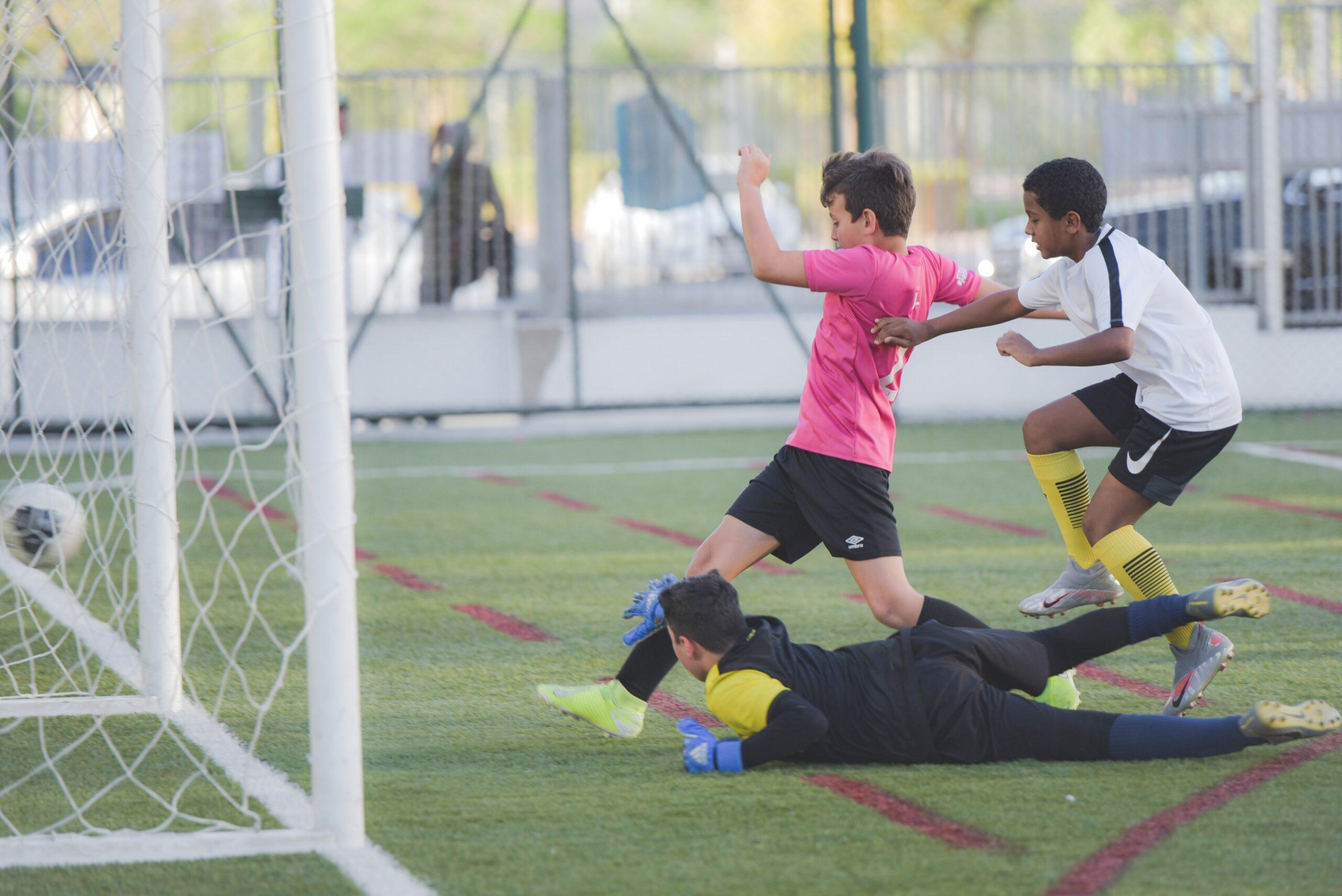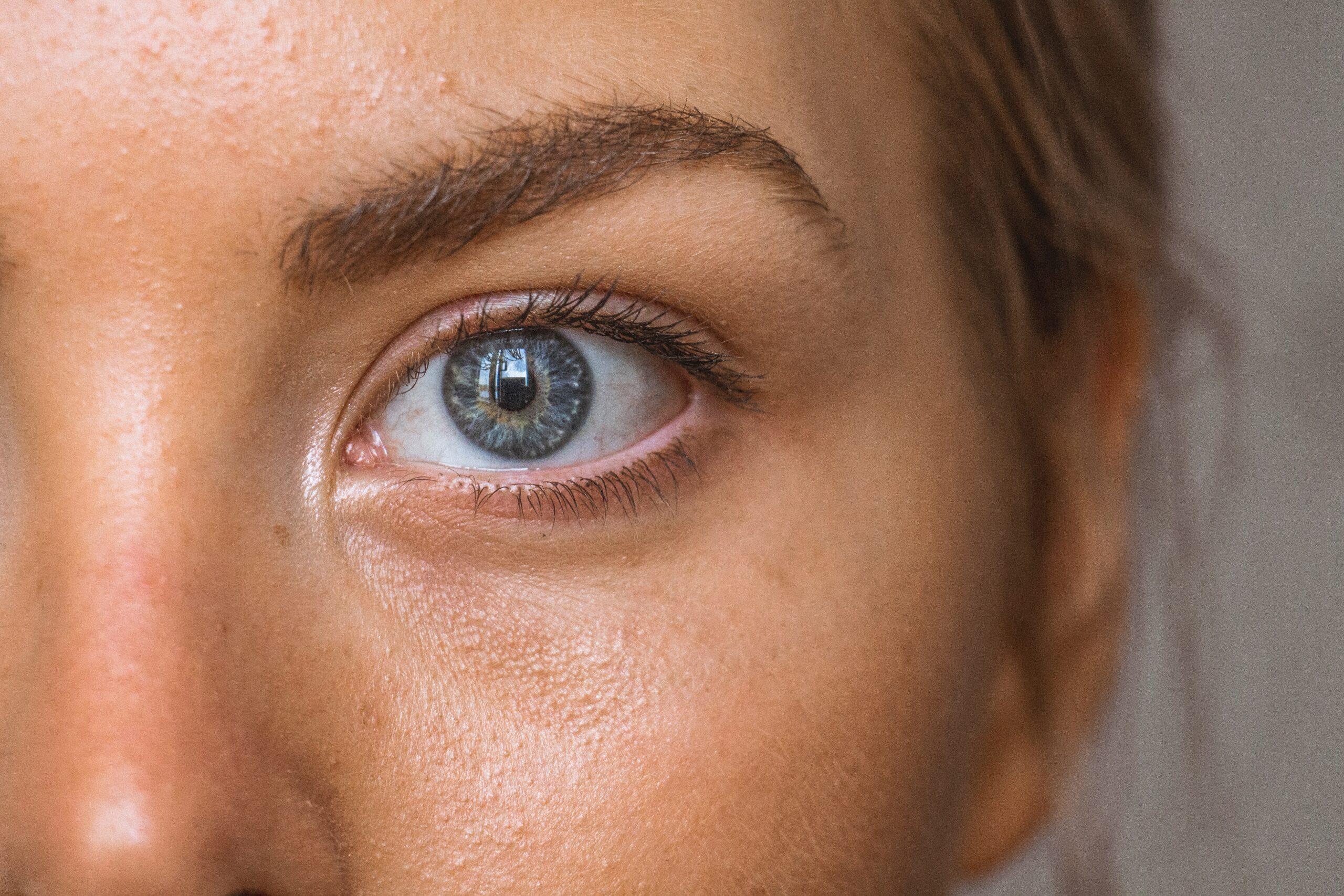We should all carefully ensure the longevity and good health of our eyes. When eye injuries occur in children, they can have long-term effects that can be irreversible and significantly hinder quality of life. Where and when are children most susceptible to eye injuries? Let’s start right in your home.
Computers
Children are becoming increasingly reliant on computers, spending excessive amounts of time online for school assignments and to interact with their friends. Ergonomically speaking, computers can be the cause of a variety of complaints, such as headaches, joint pain, backaches and vision problems. To avoid or minimize these ailments, a few things can help.
- Make sure the computer screen is placed at a level that is comfortable and minimizes strain to a user’s body.
- Check to see that glare is not an issue. There are screens and accessories that feature a minimized glare to reduce the strain on a person’s eyes.
- Encourage your child to take periodic breaks at 20-minute intervals where the child gets up, stretches and walks around the room. Breaks can be short in duration; and the more frequent, the better.
- Tell children to avert their eyes from the screen whenever possible.
Hazardous Items
Keep cleaning agents and other hazardous materials away from your little ones so they are not ingested, and be mindful that bleach and other cleaning products can be extremely dangerous and cause a chemical burn. If your child endures a chemical burn, immediately take the child to a medical professional. Until the child is under a doctor’s care, repeatedly flush the eyes with water. The best solution? Lock hazardous items in a place where your child cannot get to them.
Sports, Toys & the Playground
Baseball, football, tennis— even a simple game of jacks— all sports and activities pose a problem if a child is on the receiving end of a ball impacting the eye or surrounding area. A good way to ensure eye injuries don’t happen to your active little one is to prompt children to always wear protective glasses or headgear when participating in sports. When the eyes are not properly protected, common problems that can arise from an object’s direct impact with the eyes include the following.
- Hyphema: A person can accumulate blood in the anterior chamber (front) of the eye upon direct impact of an object with the eye. Even a small hyphema can be a sign of major intraocular trauma. What are signs that your child has hyphema? Look for a gathering of blood at the base of the iris (the colored portion of the eye). This type of injury can potentially lead to loss of vision and result in glaucoma. If this should occur, seek out an ophthalmologist immediately. In the interim, apply cold compresses in 20 minute intervals to the area to keep swelling to a minimum during the first 24 hours. Acetaminophen can also be administered in a dosage appropriate for your child’s age and weight. And keep the child’s head elevated.
- Bruising: An impact to the delicate area around the eye will likely result in a “black eye.” Sometimes these bruises look worse than they are, but they should be checked by a physician to confirm no damage has been done to the orbit (see below).
- Orbital fracture: An orbital fracture can be caused by many kinds of impacts, including the ones listed as well as a hit to the eye area. Sometimes our children may experience a conflict in the playground where a dispute gets physical, or perhaps the swing of a bat went farther than intended. When the bones that surround the eye area are broken, it can have lasting adverse effects. Treat potential fractures immediately.
Foreign Bodies
Sometimes during play or even while performing routine tasks, a person can suffer as a foreign body, such as sand, fragments of glass (should a dish or glass be broken) or debris in the air, enters the eye. This can cause redness and mild to severe irritation and corneal abrasions. To counteract the harm, repeatedly flush the eye with water until the irritation is gone. If pain or redness persists, call an ophthalmologist or take your child to an emergency room.
Lacerations & Cuts
The skin around the eyelids is extremely delicate. Even minor trauma can cause it to tear open. Lacerations of the eyelids should be cleaned, and an ice pack applied. These injuries should then be urgently addressed by an ophthalmologist or plastic surgeon. It is important that the wounds be repaired properly and quickly. When treated properly, the eyelids usually heal quickly without scarring. Keep any bruised or lacerated area out of the sun as this can lead to permanent pigment changes.
With the use of protective eyewear and a little bit of caution and common sense, eye injuries are unlikely to occur in children. When they do happen, remember to have an ophthalmologist check your child immediately. Most emergency rooms have ophthalmologists on staff, enabling children to receive the treatment they may require even on holiday weekends or while traveling.


